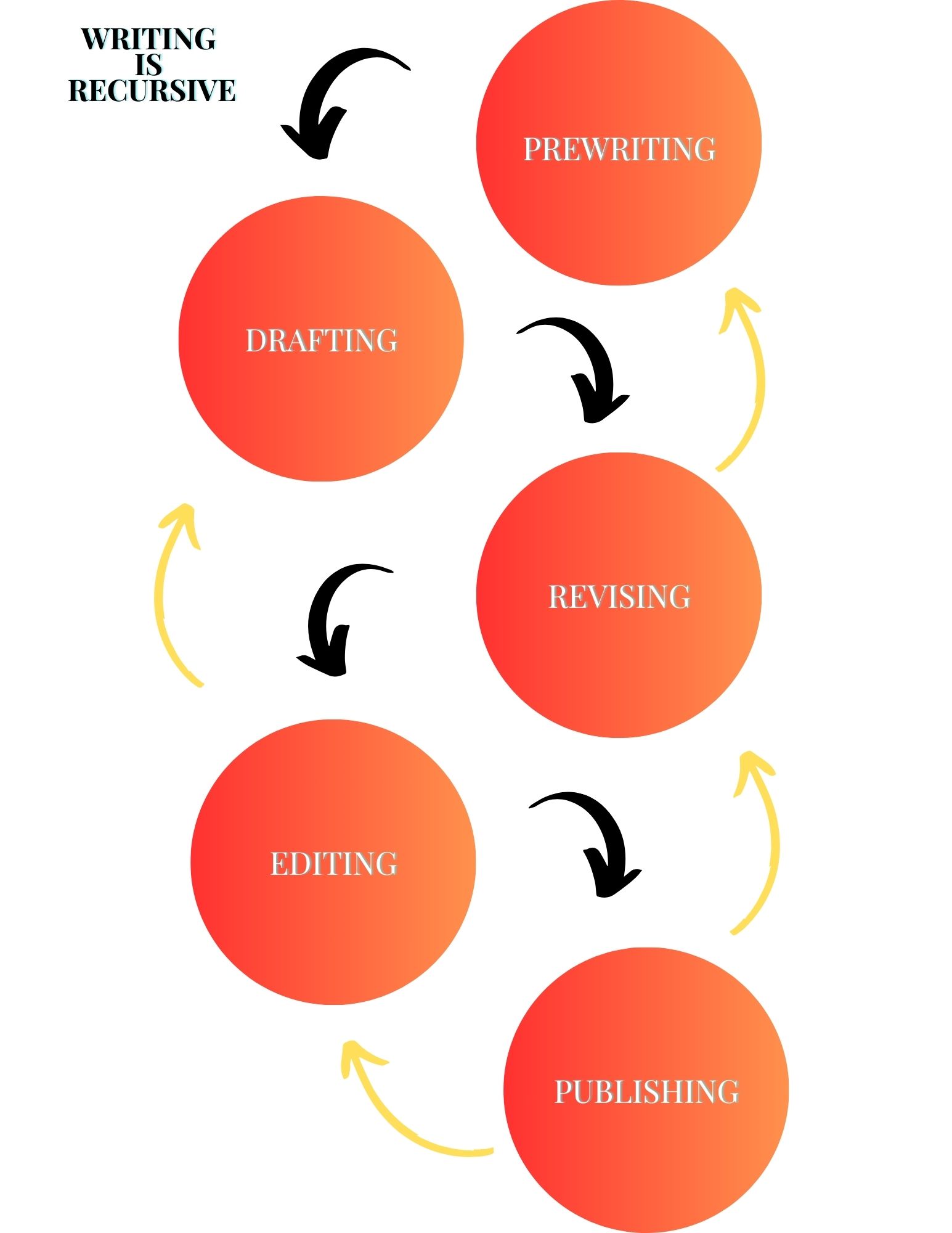By the end of winter, fatigue from the cold grips everyone in a violent throttle, and even the once-lazy snowflakes appear tired of their own antagonism. Clark Ashton Smith, known for memorable short stories such as “The Planet of the Dead” and “The Last Incantation,” also explored the theme of spring in his poetry.
For example, in ‘A Live-Oak Leaf,’ Smith marvels at the transient beauty of a green leaf destined for to be discarded, declaring, “How marvelous this bit of green / I hold, and soon shall throw away! / Its subtle veins, its vivid sheen / Seem a fragment of a god’s array.” The phrase “god’s array” suggests a perceived heavenly quality.
In the second stanza, the writer ponders the labor involved in the hidden toil of the earth—growing the oak’s enormous girth—and the visible artistry in shaping its leaves. This prompts contemplation on life, design, and the curious beauty of nature.
Through writing prowess, Smith uses a variety of poetic techniques to make his point. He utilizes imagery, such as “vivid sheen” to assist the reader in seeing the leaves as they were in his experience. Additionally, he uses metaphor to compare the leaves to “god’s array,” and he also employs enjambment throughout the poem, such as the lines “How marvellous this bit of green / I hold, and soon shall throw away!”
In thinking about this poem’s meaning, I feel like its reflection extends to the broader marvels of nature, questioning our tendency to dismiss its complexity as thoughtlessly as a child discards a toy. As winters cyclically pass through our lives, a call to grow fonder of trees and appreciate the intricate existence of nature emerges. Perhaps, fostering this appreciation would imbue each year’s reawakening with greater meaning.
Works Cited
Smith, Clark Ashton. “A Live-Oak Leaf.”







